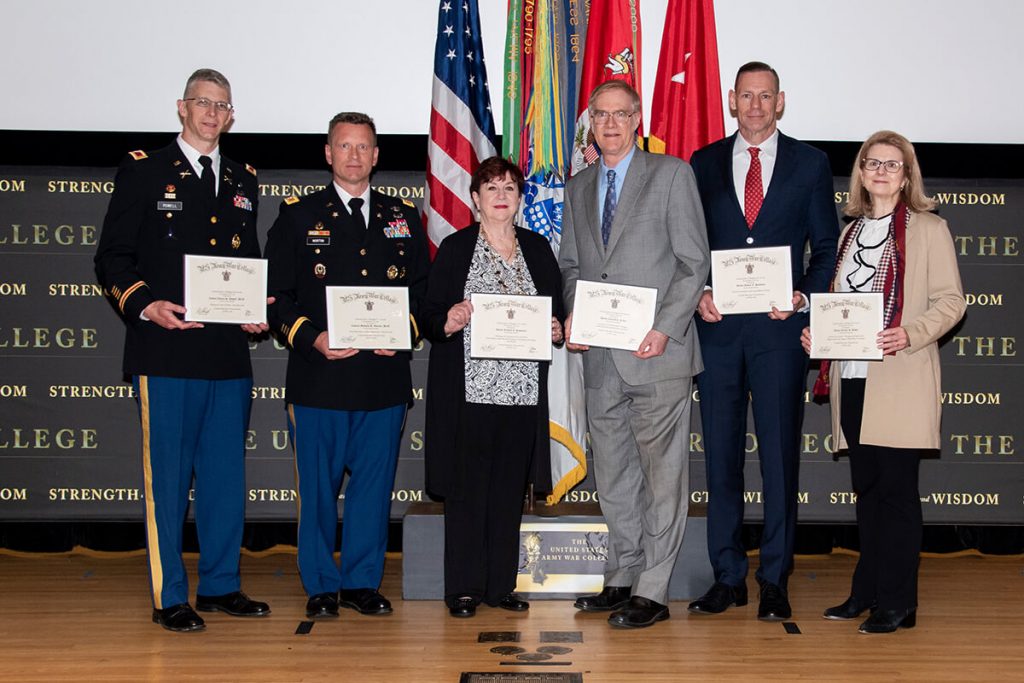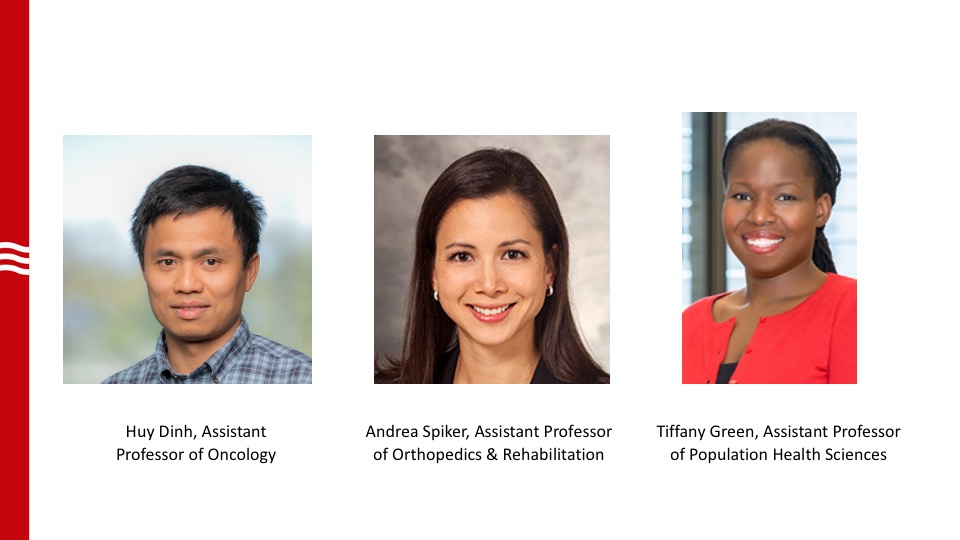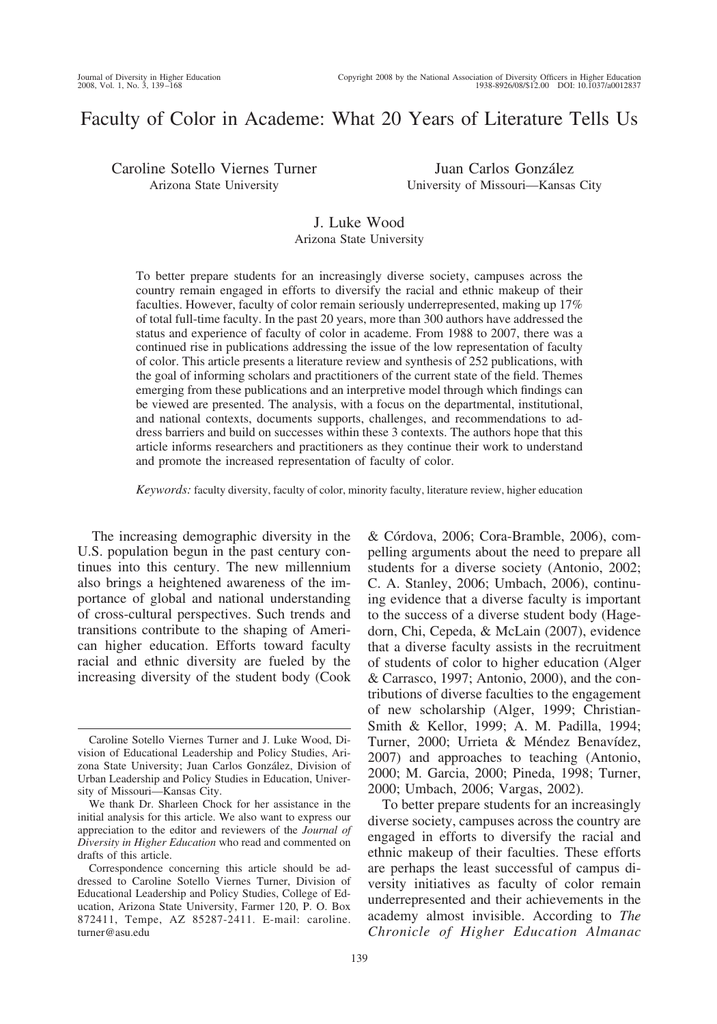
Undergraduate opportunities to engage in critical inquiry and community building depend on graduate students’ capacity to access academic freedom. When research gained prestige during the Cold War, academic freedom extended to the circulation of knowledge in research initiatives, scholarly publications, and academic journals. Teaching was the chief labor of professors leading up to the mid–twentieth century, especially with the passage of the GI Bill in 1944.
Faculty color war free#
At first, academic freedom was most associated with the free exchange of ideas in the classroom.
Faculty color war professional#
The institutionalization of tenure set the conditions for academic freedom to align with the professional norms that would define academic labor.

Tenure has been a common focal point for discourses on academic freedom because it established the terms under which professors could satisfy their professional educational responsibilities during the highly politicized wartime years of the early twentieth century. Academic Freedom and the Changing Academic Workforce By systematizing critical pedagogy and expanded mentorship networks as forms of institutional and professional value, departments can create a more inclusive and egalitarian institutional climate among graduate students, revise institutionalized professional norms that have disproportionately affected underrepresented minority scholars in the humanities, and improve the kinds of education and community-building initiatives offered to undergraduates within a contemporary landscape beset by racial violence. This would open new lines of connection between graduate student instructors and undergraduates. In addition, departments should expand mentorship networks by promoting interdepartmental collaboration between academic departments and, for example, on-campus cultural centers that serve underrepresented undergraduate student populations. In response, I propose that departments institute more targeted intradepartmental training in critical pedagogy, which would help prepare all instructors to handle controversial contemporary sociopolitical issues in the classroom. To begin this conversation, I shed light on the ways that a growing number of graduate students are put into precarious positions professionally when addressing issues of racial violence with their students, which not only impedes their development as scholars and educators but also has the potential to hinder the quality of education that undergraduates receive and to foreclose mentorship pathways at times when students (and especially minority students) need them most.

As a graduate student at that time, though, what protection did I have to invite discussions of potentially contentious social justice issues in my classroom? For those without institutional protections, the university structures governing academic professionalism make responding to such issues a difficult project. The connections were ripe for the picking. Coincidentally, the incident with my student occurred during the week we were studying Jhumpa Lahiri’s Interpreter of Maladies, a collection of short stories depicting Indian American experiences in the United States. Of these 1,863 hate crimes, 330 occurred on university campuses. The Southern Poverty Law Center recorded 1,863 hate crimes across the United States between November 2016 and March 2017 (“Update” Bauman).


This incident followed a string of violent anti-immigrant hate crimes against South Asians in Kansas, Washington, and Pennsylvania after the passage of Executive Order 13769 (Mishra). One afternoon in March 2017, the first semester after the election of Donald Trump, a first-generation Indian American student in my Asian American literature course confided to me after class that while he was walking home alone the previous night a group of young men attempted to run him over with their car as they yelled racial slurs.


 0 kommentar(er)
0 kommentar(er)
